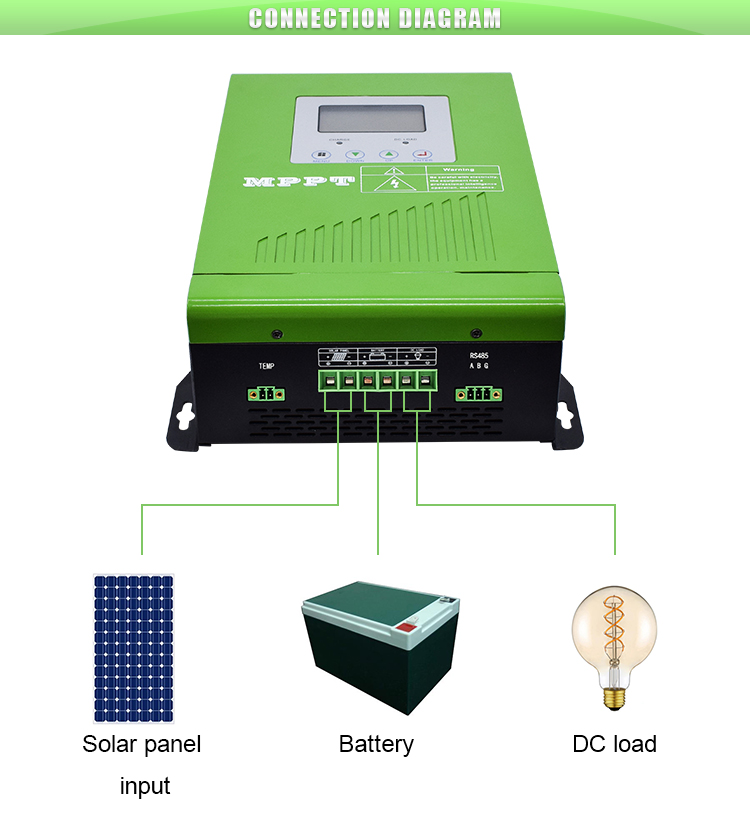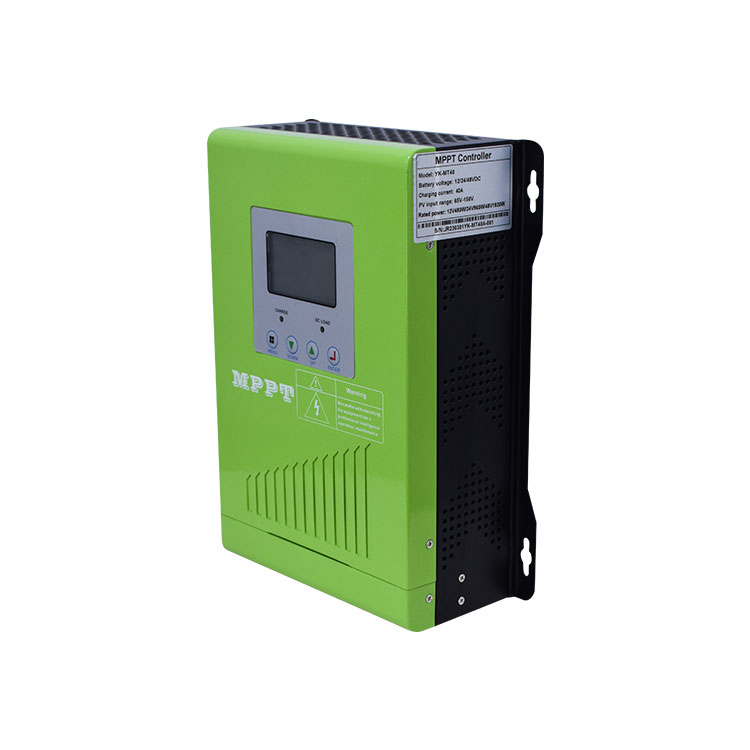News
YUCOO’s MPPT Controllers: Enhancing Solar Energy Efficiency through Advanced Algorithms and Innovative Control Techniques
Click: 650 Date: 12/26/2023 10::32::50 AM
YUCOO's MPPT Controllers: Enhancing Solar Energy Efficiency through Advanced Algorithms and Innovative Control Techniques
Understanding the Role of MPPT Controllers in Solar Energy Systems
MPPT (Maximum Power Point Tracking) controllers play a crucial role in solar energy systems. They work by continuously monitoring the output of a solar panel and adjusting the load on the panel to keep it operating at the maximum power point (MPP).
MPPT controllers are designed to optimize the charging of batteries in solar systems. By decreasing the voltage of the battery (discharging the battery), the MPPT controller can ensure that the battery is fully charged. This is particularly useful in situations where the battery is nearing full capacity.
The output power of a PV system largely depends on the surrounding temperature and irradiance. MPPT techniques aim to force the PV system's characteristics to operate at the MPP, thereby exploiting the available energy from PV at a certain temperature and irradiance conditions by regulating the DC–DC converter's duty cycle.
There are several MPPT algorithms that have been proposed, including the Perturbation and Observation (P&O) method. However, these methods may suffer from high computational load and require users to adapt the perturb step size. To address these issues, various techniques have been developed to convert traditional MPPT into adaptive MPPT.
In conclusion, MPPT controllers play a vital role in maximizing the efficiency of solar energy systems. They allow for optimal charging of batteries and efficient operation of PV systems under varying environmental conditions.
The Efficiency and Versatility of YUCOO's MPPT Controllers
YUCOO's MPPT controllers stand out as top-notch products in the market due to their high efficiency, advanced tracking algorithms, and robust features such as data logging and remote monitoring capabilities. They are designed to maximize the performance and lifespan of solar PV systems, making them a worthwhile investment.
These controllers are renowned for their ability to track the maximum power point of solar panels, ensuring the most efficient energy extraction at any given time. They are known for their high efficiency, converting excess voltage into amperage to achieve nearly 30% more efficiency than traditional PWM controllers.
What sets YUCOO's MPPT controllers apart is their versatility. They can be used with a wide range of solar panel inputs with various voltage outputs, converting high voltage outputs from solar panels into a lower voltage suitable for battery charging.
YUCOO's MPPT controllers also use advanced algorithms to track the maximum power point accurately, even under changing weather conditions. Additionally, they come with extra features like data logging, remote monitoring, and control capabilities, enhancing user convenience and system management.
As a leading manufacturer of MPPT controllers, YUCOO offers a variety of products employing different tracking techniques. Their controllers are designed for high efficiency, flexibility, and reliability, catering to a wide range of solar PV systems. There are also hybrid MPPT controllers that combine the strengths of different tracking techniques to optimize performance under all conditions.
Choosing a quality MPPT controller is critical to the efficiency and longevity of your solar PV system. Key considerations include compatibility with your solar panel system in terms of voltage and current ratings, high efficiency, a suitable tracking algorithm for your needs and local weather conditions, additional features like data logging, remote monitoring, and control capabilities, and robustness and durability of the controller.
In conclusion, YUCOO's MPPT controllers are a testament to the company's commitment to quality and innovation. They offer high efficiency, versatility, and come with advanced features for improved user experience. Their scalability makes them a suitable choice for both small and large solar installations.
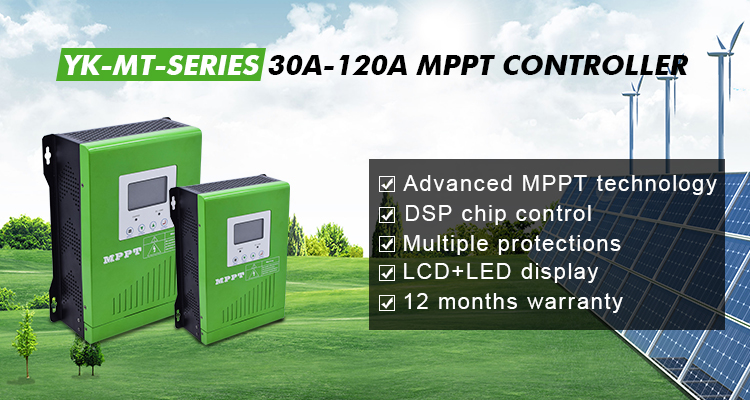
Advanced MPPT Control Algorithms Used in YUCOO's Controllers
YUCOO's MPPT controllers utilize advanced algorithms to ensure accurate maximum power point tracking, even under fluctuating weather conditions. These controllers are designed for high efficiency and come with robust features such as data logging and remote monitoring capabilities. They are known for their ability to convert excess voltage into amperage, which results in nearly 30% more efficiency compared to traditional PWM controllers. Additionally, they possess versatility, being able to operate with a wide range of solar panel inputs with various voltage outputs.
The advanced algorithms used in YUCOO's MPPT controllers play a crucial role in their performance. One such algorithm is the Perturb and Observe (P&O) method, which is the most commonly used technique in MPPT controllers. It works by slightly altering the system's operating voltage and observing the impact on the power output. If the power output increases, the perturbation continues in the same direction. If it decreases, the perturbation is reversed.
Another algorithm is the Incremental Conductance (IncCond) method. This method is more complex than P&O but offers better performance under rapidly changing atmospheric conditions. It operates on the principle that the derivative of the power with respect to voltage is zero at the maximum power point and uses this fact to track the maximum power point.
Lastly, the Constant Voltage (CV) method is another algorithm used by YUCOO's MPPT controllers. This method assumes a fixed relationship between the maximum power point voltage and the open-circuit voltage. Although this technique is simpler than the others, it may not always be accurate as the relationship can vary based on atmospheric conditions.
In conclusion, YUCOO's MPPT controllers leverage advanced algorithms to optimize power extraction from solar panels under varying conditions. Their high efficiency, versatility, and robust features make them a preferred choice for many customers worldwide.
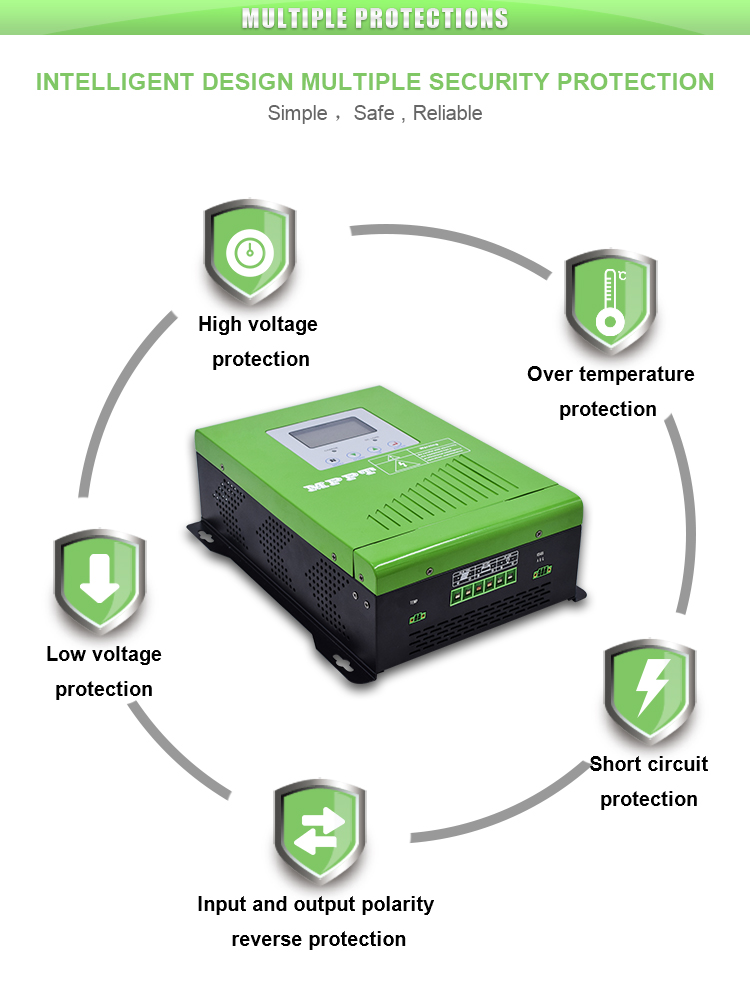
The Impact of MPPT Controllers on Distributed Photovoltaic Array Systems
The impact of MPPT (Maximum Power Point Tracking) controllers on distributed photovoltaic (PV) arrays is significant. These controllers play a crucial role in enhancing the efficiency of PV systems and ensuring optimal performance under varying environmental conditions.
MPPT controllers are integral to grid-integrated photovoltaic (GI) systems. They convert the energy from the sun into DC power, which is then transformed into AC power by a transformer that works in conjunction with the MPPT controller. This AC power can then be supplied to an electrical grid.
However, the rise in the number of GI systems poses numerous technological and economic challenges. For instance, the strain on the utility grid during the transition from high peak generation hours to off-peak generation hours is one issue. Another challenge is the 'peak shaving' phenomenon, where generation peaks exceed the peak load. Additionally, the unpredictability associated with installations of GI systems adds to the complexity.
To address these challenges, researchers have explored a variety of methodologies, including transformer-less inverters, solar tracking, and MPPT. The goal is to enhance the efficiency of PV systems and provide ancillary services like VAR power management, frequency control, and energy storage.
Another aspect to consider is the value of the input capacitors, which significantly influence the lifespan of power electronic converters. Therefore, a new decoupling circuit is needed. Moreover, the efficiency of the new power electronic devices should be improved by applying soft switching techniques. These technologies not only enhance the PV system's efficiency but also prolong the life of the power electronic converters.
In conclusion, the impact of MPPT controllers on distributed PV arrays is profound. They enhance the efficiency of PV systems, address technological and economic challenges, and contribute to the development of new power electronic devices. However, continuous research and innovation are necessary to further optimize their performance and effectiveness.
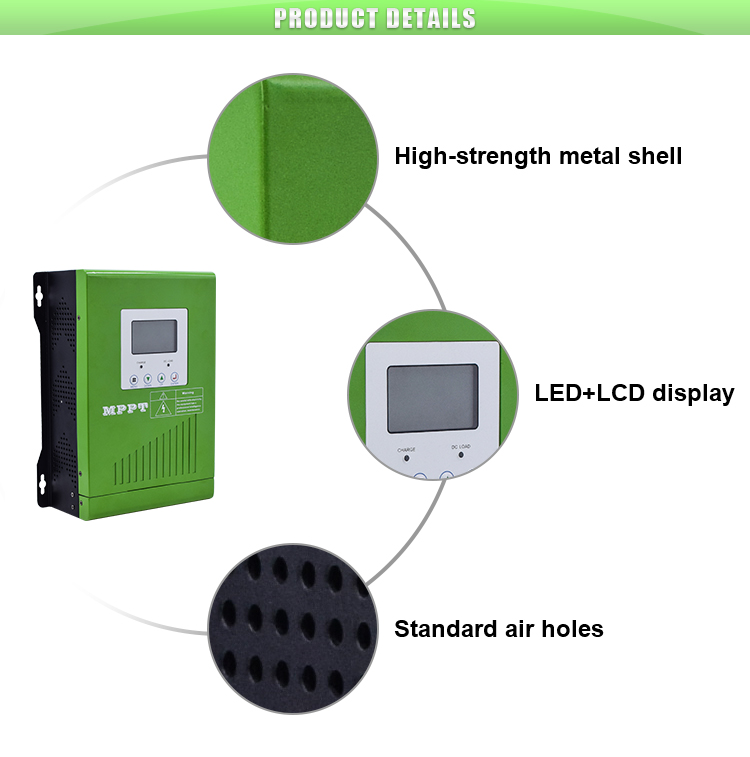
Exploring the Future: Constant and Flexible Photovoltaic Power Point Control
As solar energy technologies advance, so does the need for efficient and flexible control strategies for photovoltaic power generation. Two emerging trends in this field are the development of constant power tracking and flexible power tracking algorithms.
Constant power tracking algorithms aim to maintain a steady power output from the solar array, regardless of changes in sunlight intensity or temperature. These algorithms can help optimize the efficiency of solar power generation by ensuring the photovoltaic array operates at its maximum power point for a longer period of time.
On the other hand, flexible power tracking algorithms allow the photovoltaic array to adjust its operation according to changing environmental conditions. For instance, during periods of high sunlight intensity, these algorithms enable the array to operate at higher power points, thereby maximizing power output. However, they also ensure that the array operates at lower power points during periods of low sunlight intensity, thus preventing potential damage to the equipment.
These advanced control techniques represent the future direction of photovoltaic power point control, offering improved efficiency and adaptability in response to varying environmental conditions. As such, they hold great promise for enhancing the overall performance and reliability of solar power systems.
